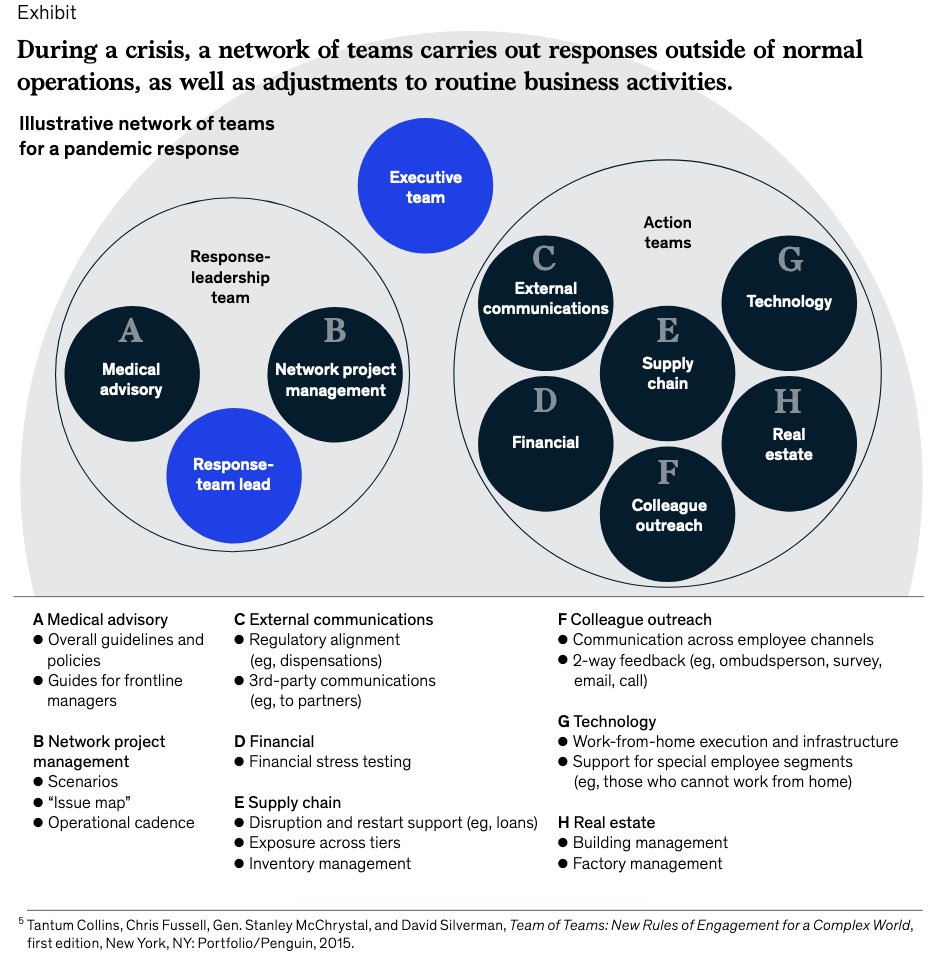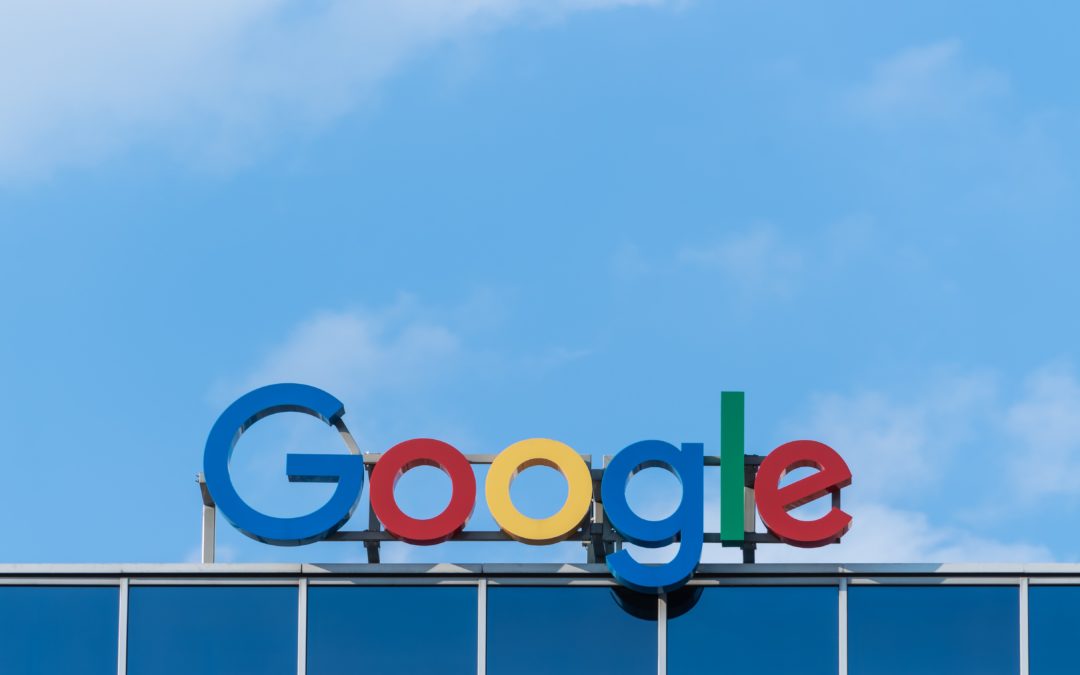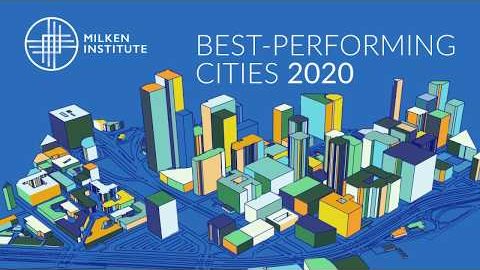I think so… because… ‘New Work’ is here!
As the novel Coronavirus causes global shutdown with countries around the world securing borders, announcing closure of public services and urging citizens to self isolate as preventive measures; the world of work may just have leapfrogged into the era of ‘new work’.
Up until last week many of us were focused on identifying new ideas/ strategies / models and innovations for unpacking the impact of global disruptions – climate change, fourth industrial revolution, digitalization, migration and demographic changes – on labour market and mitigating some of these with responsive education systems and #TVET policies. #COVID19 has impacted the way we will work in near future and accelerated the digital transition. As we all find new ways to work, we are now in the middle of adapting to ‘new work’ and ‘new culture’.
What used to be a voluntary shift in how work was organised, mostly for private sector companies looking to generate greater value for businesses and communities, starting today (Monday 16 March 2020) might be a norm for most white/blue/grey collar workers across the world.
What is New Work ?
The redistribution of work, reshaping the job demands and transformation of many familiar jobs was inevitable. Pundits like me love to refer to this as the paradigm shifts in “future of work’ and build scenarios of how these changes could impact the jobs created and skills needed. Many reports already propose that the creation of ‘New work’ will demand a new set of skills, and ability to use new technologies that transforms the way work is done. For example, a large number of service professions such as teachers, therapists or service professions that are based on one to one interaction and direct contact; would soon shift to digital platforms on a ‘sourcing to servicing’ basis. For this they must learn digital interaction skills, language skills, soft skills, basic business skills and skills to express emotion digitally. They must also learn skills such as adaptability, flexibility, transparency that are essential for the digital worker. Unlike, earlier predictions that this new work will set in by early 2030, COVID19 has accelerated it and brought new work to our door.
#COVID19 has accelerated the reshaping of the globalised, interconnected 24X7 labour market.
Countries like Finland were already experimenting with possibilities of alternating shifts and rearranging work around family and interests. These experiments opened the opportunity to liberate workers from the 9-5 grind, introducing flex working which meshes well with modern day ideas of work -life balance. As the baby-boomer generation slid towards retirement, paving the way for millennials or migrant workers entering the workforce, organisations are being forced to look beyond changing job descriptions but into deeper aspects of rearranging organisational values and culture. The aim is to design work corresponding with the cultural template that guides workers to their jobs and script social roles.
With the call for self-isolation increasing to #flattenthecurve, all of a sudden we have switched gears and moved to mobile working and shift to outcome based working from being inputs and presence based working. Teams will have to learn to collaborate online and through digital platforms. Such work requires a heavy mix of knowledge / skills to leverage the technology plus the discipline to work in isolation and within the comforts of your house.
The WEF released an interesting piece on working from home, which might be a new phenomenon for many, especially those used to old analog styles of 9-5 working. Here are some useful tips if you are new to it and need to prepare>> https://www.weforum.org/agenda/2014/10/working-remotely-challenges-tips
#COVID19 is forcing us to talk about and take action on issues that are otherwise mostly ‘campaign’ talking points
How often do we see a public response to issues such as low wages, lack of social services and basic access to health services. In early March 2020, the economic impact of #COVID19 already stood at 4 billion USD. Entire economies stand at risk of collapsing or being reorganised due to this forced global shut down. The worst hit will be small businesses and workers operating in gig / platform mode. Most of them living paycheck to paycheck. Service industries such as MICE, tourism, hospitality and small retail have already indicated the scale of losses due to cancellations of events and closure of basic services such as schools, restaurants, shops etc. The fact that Governments and some private companies (like the tech giants) have established special funds to support these workers already points to the lacunae in our current labour system.
On the other hand, the pandemic might also be a glaring insight into the skills mismatch and huge gaps that exist between the education and labour market system. One of the fears, facing developed and developing countries alike, is the lack of trained personnel to offer healthcare, emergency and other public services in times of crisis. These skill gaps were known and often talked about / discussed at various fora. I think, COVID will be the wake up call to start working towards strengthening our systems and prepare the workforce of the future.
Work of the future will be sustainable and COVID19 might just have nudged us towards it.
My fellow thinkers who talk about future of work, often exclaim that the ‘future’ is now. To them i’d say, indeed. It has arrived and we ought to be doing something about it and fast.
In reading about the business measures to contain COVID19, one of the common steps taken by most companies was to reduce / cancel all non-essential travel. Someone rightly hasped on twitter, if it was non-essential why were we undertaking it in the first place?!
The #selfisolation measures are an opportunity to rethink consumption and over production. The first signs of environment recovery in Wuhan, due to closure of polluting factories, are already visible and being documented. Similar effects are likely as the world travels less and quits these ‘non-essential’ travel (boggles my mind!. This forced break might just be the breather our earth needed. Perhaps, it might lead to partial clearance of the smog in many cities of India, China, Bangladesh and Philippines.
This is our moment to switch back to ‘circular economy’. Yes switch back. You read it right. Most of us, borderline millennials, have been raised with the middle class family values of being generous with ideas and stingy with resources. The rules of Circular economy come naturally to us. Somewhere we lost those values and moved towards hyper consumption mode. This is our moment to really reflect on why we buy what we buy and find newer, more interesting ways of reducing – reusing – recycling in our daily lives.
Brace yourself, ladies and gentleman, both for a pandemic that might slow us down for the next few month and to prepare ourselves for a bold new world of new work. It will open new opportunities for some, make some folks uncomfortable and might just be the nudge we all needed to move from talk/talk/talk to action.



















